Lag Screw
Types of Wood Screw
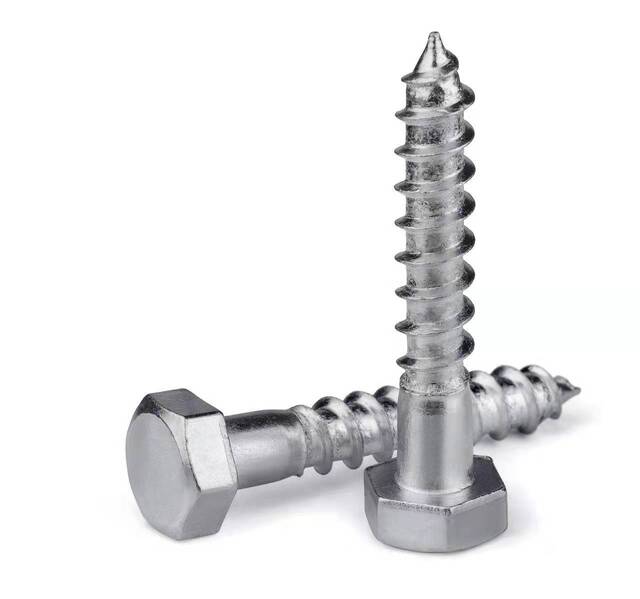
Hex Head

Square Head

With EPDM Washer

Other Types

Drywall Screw

Chipboard Screw

Construction Screw

Dowel Screw
REQUEST A QUOTE FOR MORE DETAILS
Guide 1
What are the Lag Screws?
Lag Screws are some of the toughest types of screws. Also called lag bolts, they are generally used to connect heavy lumber and other materials that bear an intense load.
Guide 2
Parts Name of the Lag Screw

Head(K): The head of the Lag Screw is performed on the top to provide a bearing surface.
Shank(d): The shank is the smooth part of the Lag Screw which lies below the head and above the threads.
Thread Length(b): the distance between the extreme points of contact on the pitch cylinders or cones for two mating threads.
Length(L): the distance from the intersection of the largest diameter of the head with the bearing surface to the extreme point.
Width Across Flats(s): The width across flats of the hexagon or square heads of the fastener is the distance measured across the flats of the fastener head.
Guide 3
Lag Screw Material
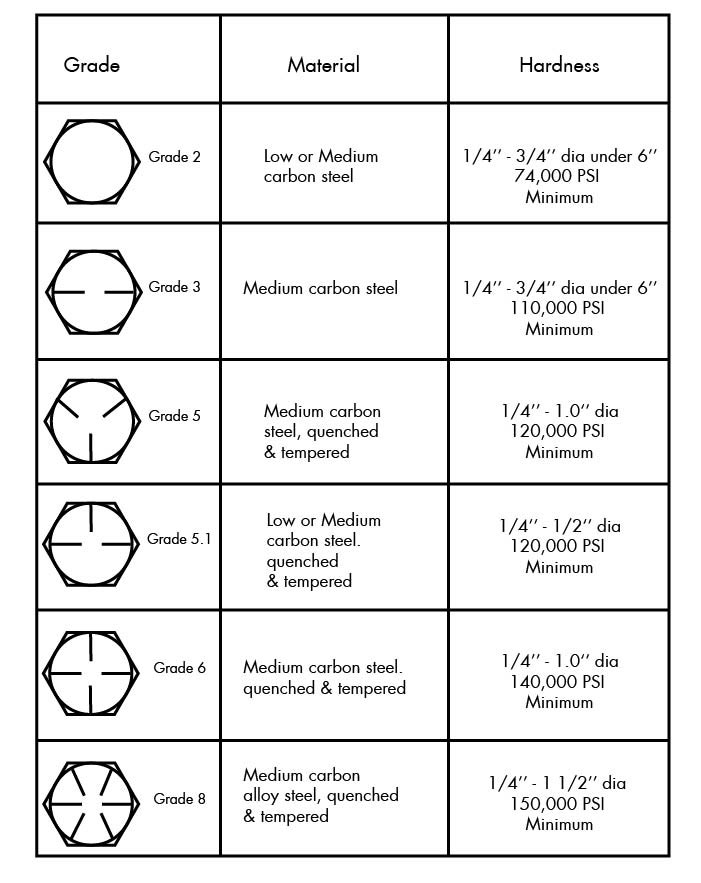
A material standard shall be a part of every lag screw’s designation and only the chemical requirements of the designated material standard shall be met. Unless otherwise specified, the material standards shall be as follows:
(a) carbon steel: ASTM A307, Grade A
(b) stainless steel: ASTM F593, Group 1, Condition CW (304)
(c) nonferrous materials: ASTM F468.
Metric Grades—Metric grades are set according to rules set by the ISO (International Standards Organization). The grades consist of two numbers separated by a dot. The property class is expressed in raised or depressed numerals on top or on the side of the bolt head.
ASTM Grades—The ASTM grade standard is set by the American Society for Testing and Materials. Its strength grades are indicated by the letter A plus three numerals stamped on the bolt head.
Grade: Used for externally threaded INCH fasteners to designate the strength of the fastener.
Class: Used for METRIC fasteners to designate the fastener strength. Class is a material designation equivalent to the US term Grade.
Low Carbon Steel: Low Carbon Steel generally contains less than 0.25% carbon. It has outstanding ductility and toughness, is easily machined and welded, and is relatively inexpensive to produce. It has a tensile strength of between 60,000 psi to 80,000 psi. (410 Mpa to 550 Mpa).
Medium Carbon Steel: Medium carbon steel has a carbon content of between 0.25% to 0.60%. It is easily heat treated and has a tensile strength of between 100,000 psi to 120,000 psi. (690MPa to 830MPa).
Guide 4
Designation of the Lag Screw
INCH FASTENERS
Lag Screw shall be designated by the following data in the sequence shown:
(a) product name
(b) nominal size (fractional or decimal equivalent)
(c) threads per inch
(d) product length (fractional or decimal equivalent)
(e) material, including specification where necessary
(f) protective finish, if required
See the following examples:
EXAMPLES:
(1) Hex Lag Screw per ASME B18.2.1, 3/8“ -7×1-1/2″. Steel per
ASTM A 307 Grade A, Zinc plated per ASTM F 1941 Fe/Zn 3A
METRIC FASTENERS
Lag Screw shall be designated by the following data in the sequence shown:
(a) product name
(b) nominal size
(c) pitch
(d) product length
(e) material, including specification where necessary
(f) protective finish, if required
See the following examples:
EXAMPLES:
(1) Hex Lag Screw DIN571 – M20x40 – Class 4.8 – ZP per ISO 4042 A2F
Guide 5
Inspection of Lag Screw
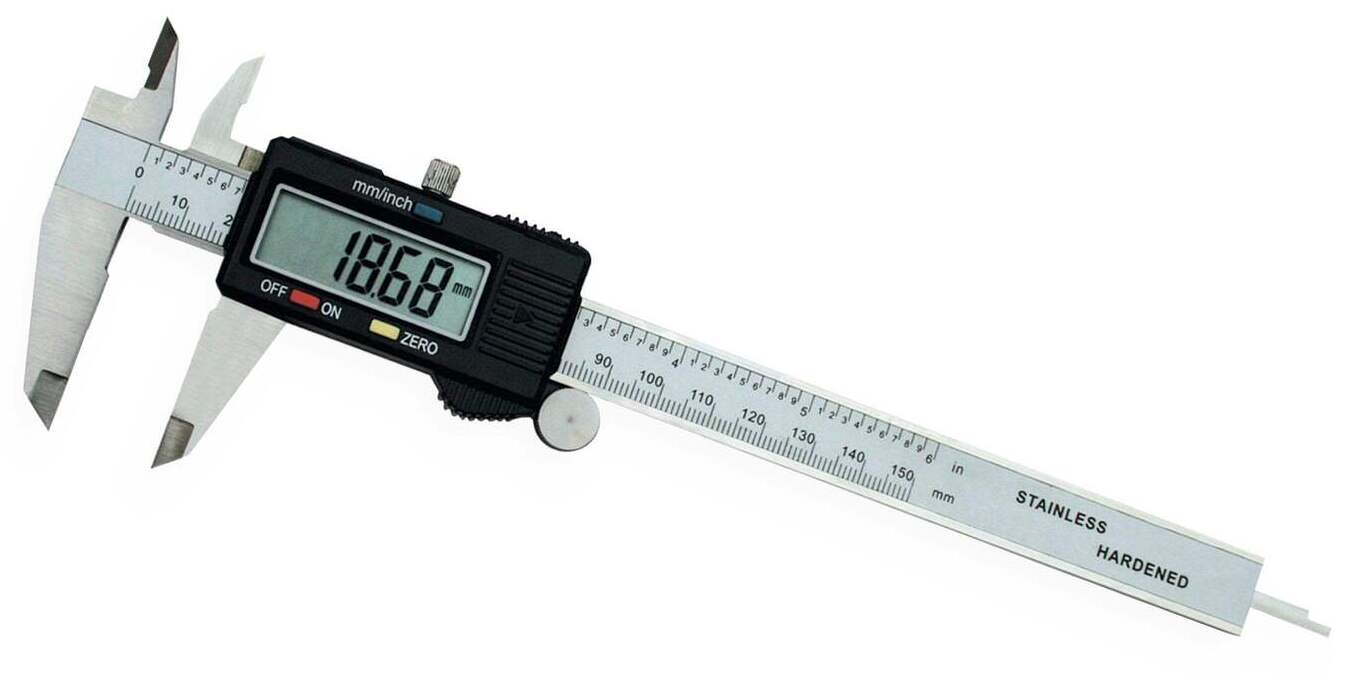
Vernier Caliper
Will use vernier calipers to measure the basic dimensions of Lag Screw, like body diameter, head height, and so on.

Vickers Hardness Tester
Will use vickers hardness tester(HV) to test the hardness of Lag Screw.
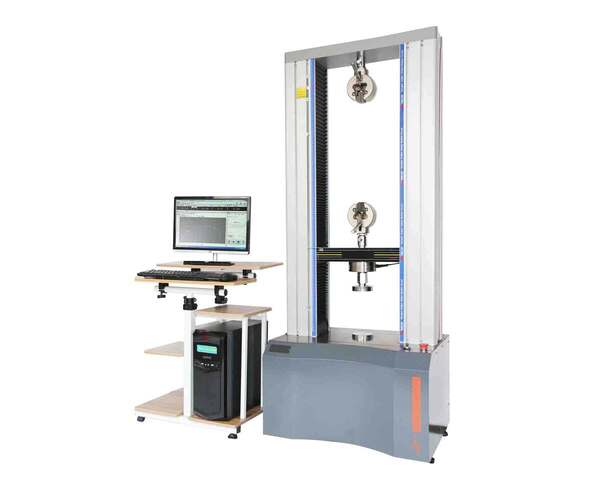
Tension Testing Machine
Will use the tension testing machine to measure the tensile strength of Lag Screws.
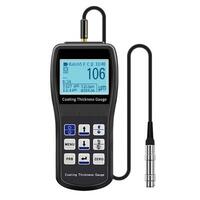
Coating Thickness Gauge
Will use coating thickness gauge to measuere the thickness of the coating layer, such as ZP.
Guide 6
Packaging of Lag Screw

Usual Packaging
Label: black text on white, no pattern and barcode
Carton: standard double corrugated neutral carton, bulking packing, maximum load bearing: 25kg per carton
Pallet: Europe Fumigation Pallet, 36 cartons per pallets, Width 800mm x Length 1200mm
Guide 7
Production Time of Lag Screw
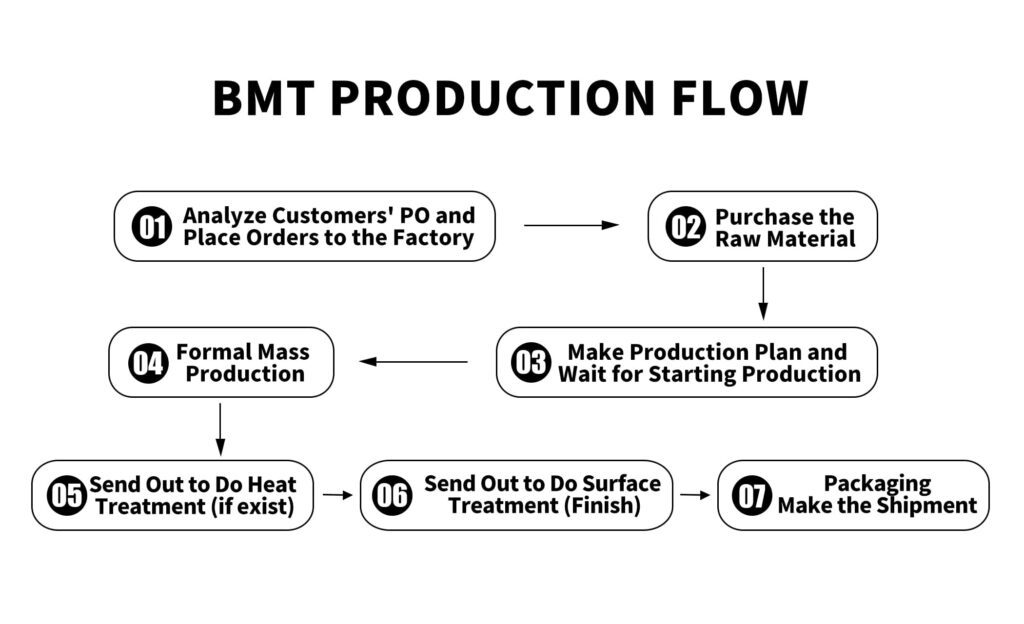
Flow 01: Need 3 Days – Analyze Customers’ PO and Place Orders to the Factory
Flow 02: Need 10 Days – Purchase the Raw Material
Flow 03: Need 15 Days – Make Production Plan and Wait for Starting Production
Flow 04: Need 15 Days – Formal Mass Production
Flow 05: Need 7 Days – Send Out to Do Heat Treatment (if exist)
Flow 06: Need 7 Days – Send Out to Do Surface Treatment (Finish)
Flow 07: Need 7 Days – Packaging, Make the Shipment
Total Time: 60 Days to 70 Days
Guide 8
Inquiry Required Content
Let us know who you are, and we can contact you in time.
We will give you a more reasonable price.
Let us know your needed product well.
Let us know if the products need to do the heat treatment.
Zinc Electoplated or Hot Dip Galvanized Coating or Zinc Flake Coating…
Our MOQ is about 1 pallet (900KGS) per size.
If it is a customized package, we will send the carton/label to you by courier for confirmation before packaging.
We will make a more suitable production plan for you.
FOB (We usually quote based on FOB ), CIF, FCA
This information is important before mass production. We will adjust the production plan according to your requirement.
